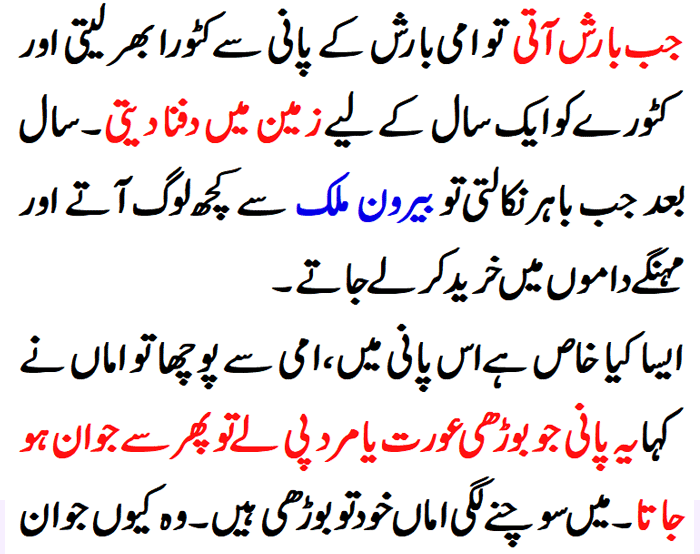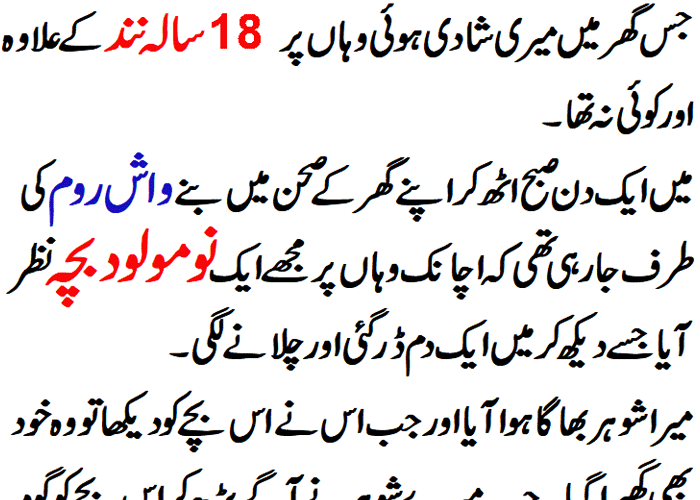
Maintaining a healthy weight can be challenging for men, especially with the additional dietary restrictions that come with living a gluten-free lifestyle. Whether you have a gluten intolerance, celiac disease, or simply want to reduce your gluten intake, it’s still possible to achieve your weight loss goals without sacrificing essential nutrients. A gluten-free weight loss plan should focus on balance, providing ample nutrients and energy while helping you shed extra pounds.
Gluten-Free Diet
Gluten is a protein found in wheat, barley, and rye. For those with gluten sensitivity or celiac disease, consuming gluten can cause a range of symptoms such as bloating, fatigue, and digestive issues. Therefore, avoiding foods that contain gluten, such as bread, pasta, and many processed foods, is essential for maintaining good health.
However, simply eliminating gluten doesn’t automatically translate into weight loss. Like any healthy diet, a gluten-free weight loss plan must incorporate the right balance of nutrients to be effective. The key to success is eating whole, natural foods while focusing on portion control and variety.
Key Nutrients in a Gluten-Free Weight Loss Plan
When planning your gluten-free diet for weight loss, make sure to focus on these critical nutrients:
Protein: Helps with muscle maintenance and keeps you feeling full.
Healthy fats: Essential for energy and overall health.
Fiber: Improves digestion and promotes satiety.
Vitamins and minerals: Boosts metabolism and ensures overall body function.
Now, let’s explore a sample meal plan that incorporates these nutrients while supporting your weight loss journey.
Breakfast: Start Your Day Right
For men looking to lose weight, starting the day with a high-protein, fiber-rich breakfast is crucial. This will provide sustained energy and reduce cravings later in the day.
Meal Idea: Scrambled Eggs with Veggies and Avocado
Ingredients:
- 3 large eggs
- 1/2 avocado, sliced
- 1/2 cup spinach
- 1/4 cup bell peppers, chopped
- Olive oil (for cooking)
Nutritional Benefits:
Eggs are an excellent source of protein, while the avocado provides healthy fats that promote satiety. Adding spinach and bell peppers introduces fiber and vitamins to keep your body energized.
Alternative Option:
If you’re in a rush, you can make a gluten-free smoothie with:
- 1 scoop of protein powder (ensure it’s gluten-free)
- 1 cup almond milk
- 1/2 cup spinach
- 1/2 banana
- 1 tablespoon chia seeds
This option provides quick, nutrient-packed fuel to start your day.
Mid-Morning Snack: Stay Energized
To keep your metabolism going and prevent overeating at lunch, opt for a small, balanced snack between meals.
Meal Idea: Greek Yogurt with Berries and Nuts
Ingredients:
- 1/2 cup plain Greek yogurt (ensure it’s gluten-free)
- 1/4 cup mixed berries (blueberries, strawberries)
- 1 tablespoon almonds or walnuts
Nutritional Benefits:
Greek yogurt is high in protein, while the berries offer antioxidants and fiber. Nuts provide a dose of healthy fats to keep you feeling full until your next meal.
Lunch: A Nutrient-Dense Meal
A gluten-free lunch should be rich in protein, fiber, and vegetables to ensure you’re getting the nutrients you need without unnecessary calories.
Meal Idea: Grilled Chicken Salad with Quinoa
Ingredients:
- 4 oz grilled chicken breast
- 1/2 cup cooked quinoa
- 1 cup mixed greens (spinach, kale)
- 1/4 cup cherry tomatoes
- 1 tablespoon olive oil
- Lemon juice, salt, and pepper for dressing
Nutritional Benefits:
Grilled chicken provides lean protein, while quinoa is a gluten-free whole grain packed with fiber. The mixed greens and tomatoes contribute essential vitamins and minerals, and the olive oil adds healthy fats.
Alternative Option:
If you prefer a lighter option, try a tuna lettuce wrap with:
- 1 can of tuna (in water, drained)
- 2 large lettuce leaves
- 1 tablespoon olive oil mayonnaise
- 1/4 avocado, mashed
This option is low in carbs but high in healthy fats and protein, making it ideal for weight loss.
Afternoon Snack: Keep the Hunger at Bay
Having a snack in the afternoon helps stabilize blood sugar levels and prevents overeating at dinner.
Meal Idea: Apple Slices with Almond Butter
Ingredients:
- 1 medium apple, sliced
- 1 tablespoon almond butter
Nutritional Benefits:
Apples are rich in fiber, and almond butter provides healthy fats and protein, making this a balanced and satisfying snack.
Dinner: Filling and Satisfying
Dinner should be light but still satisfying. Opt for a meal that combines lean protein, vegetables, and a gluten-free whole grain or starchy vegetable.
Meal Idea: Baked Salmon with Roasted Vegetables
Ingredients:
- 5 oz salmon fillet
- 1 cup broccoli florets
- 1/2 cup carrots, sliced
- Olive oil (for drizzling)
- Salt, pepper, and garlic powder (for seasoning)
Nutritional Benefits:
Salmon is an excellent source of omega-3 fatty acids and high-quality protein, while broccoli and carrots offer vitamins, fiber, and antioxidants. Drizzling olive oil ensures you’re getting healthy fats.
Alternative Option:
For a lighter option, try a gluten-free vegetable stir-fry with tofu or lean beef. Include a variety of vegetables such as bell peppers, zucchini, and mushrooms to keep it nutrient-dense.
Evening Snack (Optional): Keep it Light
If you’re hungry in the evening, it’s best to choose something light and low in calories to avoid overeating before bed.
Meal Idea: Cottage Cheese with Cucumber
Ingredients:
- 1/2 cup gluten-free cottage cheese
- 1/2 cup cucumber slices
Nutritional Benefits:
Cottage cheese is high in protein, and cucumbers are hydrating and low in calories, making this a refreshing and light snack.
Tips for Success
Portion Control: While eating gluten-free foods, it’s important not to overeat. Focus on appropriate portion sizes to maintain a calorie deficit, which is essential for weight loss.
Stay Hydrated: Drink plenty of water throughout the day to stay hydrated and help control hunger.
Limit Processed Gluten-Free Foods: Many gluten-free packaged foods are high in sugar and unhealthy fats, so focus on whole, unprocessed foods for the best results.
Exercise Regularly: A balanced diet should be paired with regular physical activity. Aim for at least 30 minutes of moderate exercise most days of the week.
A gluten-free weight loss meal plan for men can be balanced, nutritious, and satisfying. By incorporating a variety of whole foods rich in protein, healthy fats, and fiber, you’ll not only lose weight but also ensure your body is getting the nutrients it needs to stay healthy. Focus on portion control, stay hydrated, and combine your diet with regular exercise for the best results. With the right approach, your gluten-free weight loss journey can be both effective and enjoyable.






